Creamy risotto in a fluffy seafood souffle and gelato sprinkled with crunchy topping were among the delicacies concocted by master chefs in a cooking contest in Japan for US rice -- a product that is struggling to crack a nation notorious for protecting its rice farmers.
The California Rice Masters competition was part of a US$1 million campaign kicked off by the USA Rice Federation -- an organization of US rice growers and millers -- to promote Calrose rice. Calrose is widely used in the US but is entering the restaurant and retail market here as kernel rice for the first time in September.
The eight finalists, chosen among 250 entries, labored over their dishes on stage, a couple with trembling fingers, as judges, reporters and guests watched and later taste-tested in a Tokyo hotel on Friday.
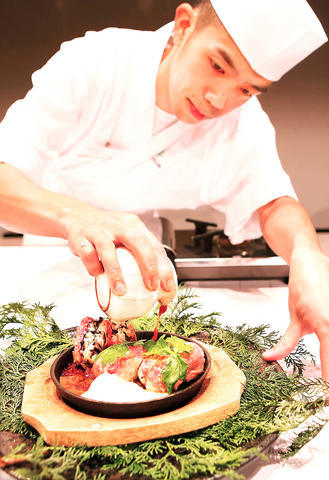
PHOTO: AP
One contestant shaped a futuristic cakelike sushi decorated with curly seaweed. Another wrapped rice mixed with stir-fried seaweed in paper-thin beef slices grilled on a griddle.
But even winner Masataka Suzuki, 36, a chef specializing in French food, who created the souffle, acknowledged he preferred eating Japanese rice and struggled cooking Calrose, which he said wasn't as moist as Japanese rice.
"I tried to make it taste as close as I could to Japanese rice," he said.
"Consumers would probably like it if it's cooked with a spoonful of butter," he said.
Over the years, US rice growers have developed Japanese-style short-grain rice to appeal to this market.
Demand for such rice has grown in the US and elsewhere, thanks to the booming popularity of sushi, but the appetite for US rice has stayed flat in Japan, the USA Rice Federation said.
The federation's latest strategy is to switch to promoting Calrose medium-grain rice for soups, fried rice and other dishes, rather than compete directly against Japanese rice.
Japanese-style rice is usually cooked in plain water to be fluffy white in a bowl, and Japanese tend to be suspicious of foreign rice, stereotyping it as dry, tasteless and possibly unsafe.
"The tendency among consumers to favor Japanese rice is deeply rooted," Yasuo Sasaki, a Japanese agriculture ministry official, said in a telephone interview. "Japanese rice is stickier and has a special fluffy feel."
Japan opened its rice market only in 1995, and the government still tightly controls the influx of foreign rice, keeping tariffs for rice at 770 percent.
Most of the 770,000 tonnes of rice Japan imports a year end up as foreign aid, get processed for crackers, or sit in storage. Only a handful reaches consumers in restaurants and supermarkets.
Recently, US rice has been losing to cheaper Chinese rice, tumbling in market share from 70 percent of Japan's foreign rice a decade ago to 20 percent, the federation said.
"If given a fair opportunity in the Japanese market, Calrose rice will be accepted and successful," USA Rice Federation official Christopher Crutchfield said.
At first, 34 tonnes of Calrose rice will trickle into restaurants and import stores.
Calrose medium-grain rice, which is cheaper than US short-grain rice, sells for about US$1 a pound (0.5kg) in the US. The Japan price is still undecided.
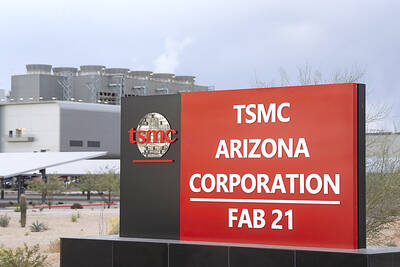
Taiwan Semiconductor Manufacturing Co (TSMC, 台積電), the world’s biggest contract chipmaker, booked its first-ever profit from its Arizona subsidiary in the first half of this year, four years after operations began, a company financial statement showed. Wholly owned by TSMC, the Arizona unit contributed NT$4.52 billion (US$150.1 million) in net profit, compared with a loss of NT$4.34 billion a year earlier, the statement showed. The company attributed the turnaround to strong market demand and high factory utilization. The Arizona unit counts Apple Inc, Nvidia Corp and Advanced Micro Devices Inc among its major customers. The firm’s first fab in Arizona began high-volume production
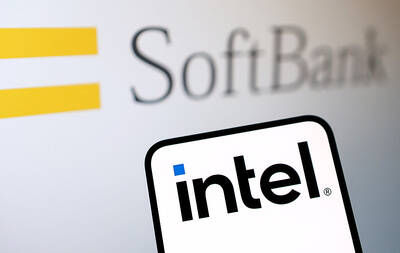
VOTE OF CONFIDENCE: The Japanese company is adding Intel to an investment portfolio that includes artificial intelligence linchpins Nvidia Corp and TSMC Softbank Group Corp agreed to buy US$2 billion of Intel Corp stock, a surprise deal to shore up a struggling US name while boosting its own chip ambitions. The Japanese company, which is adding Intel to an investment portfolio that includes artificial intelligence (AI) linchpins Nvidia Corp and Taiwan Semiconductor Manufacturing Co (TSMC, 台積電), is to pay US$23 a share — a small discount to Intel’s last close. Shares of the US chipmaker, which would issue new stock to Softbank, surged more than 5 percent in after-hours trading. Softbank’s stock fell as much as 5.4 percent on Tuesday in Tokyo, its
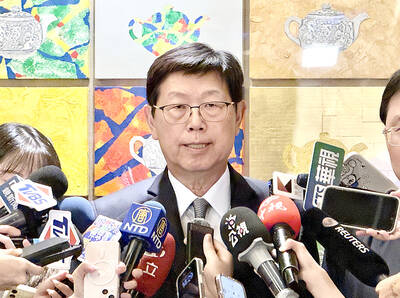
COLLABORATION: Softbank would supply manufacturing gear to the factory, and a joint venture would make AI data center equipment, Young Liu said Hon Hai Precision Industry Co (鴻海精密) would operate a US factory owned by Softbank Group Corp, setting up what is in the running to be the first manufacturing site in the Japanese company’s US$500 billion Stargate venture with OpenAI and Oracle Corp. Softbank is acquiring Hon Hai’s electric-vehicle plant in Ohio, but the Taiwanese company would continue to run the complex after turning it into an artificial intelligence (AI) server production plant, Hon Hai chairman Young Liu (劉揚偉) said yesterday. Softbank would supply manufacturing gear to the factory, and a joint venture between the two companies would make AI data
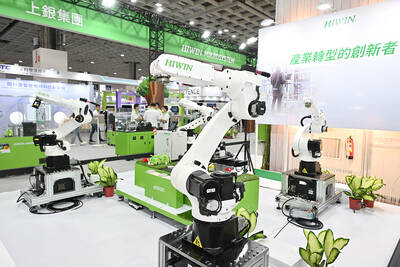
The Taiwan Automation Intelligence and Robot Show, which is to be held from Wednesday to Saturday at the Taipei Nangang Exhibition Center, would showcase the latest in artificial intelligence (AI)-driven robotics and automation technologies, the organizer said yesterday. The event would highlight applications in smart manufacturing, as well as information and communications technology, the Taiwan Automation Intelligence and Robotics Association said. More than 1,000 companies are to display innovations in semiconductors, electromechanics, industrial automation and intelligent manufacturing, it said in a news release. Visitors can explore automated guided vehicles, 3D machine vision systems and AI-powered applications at the show, along